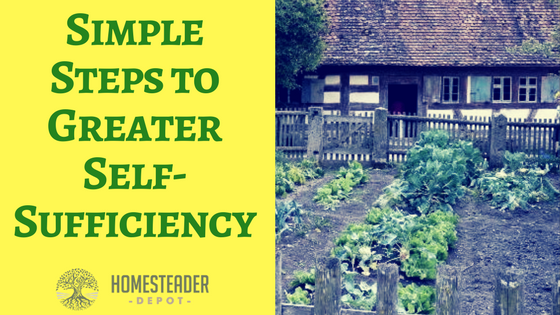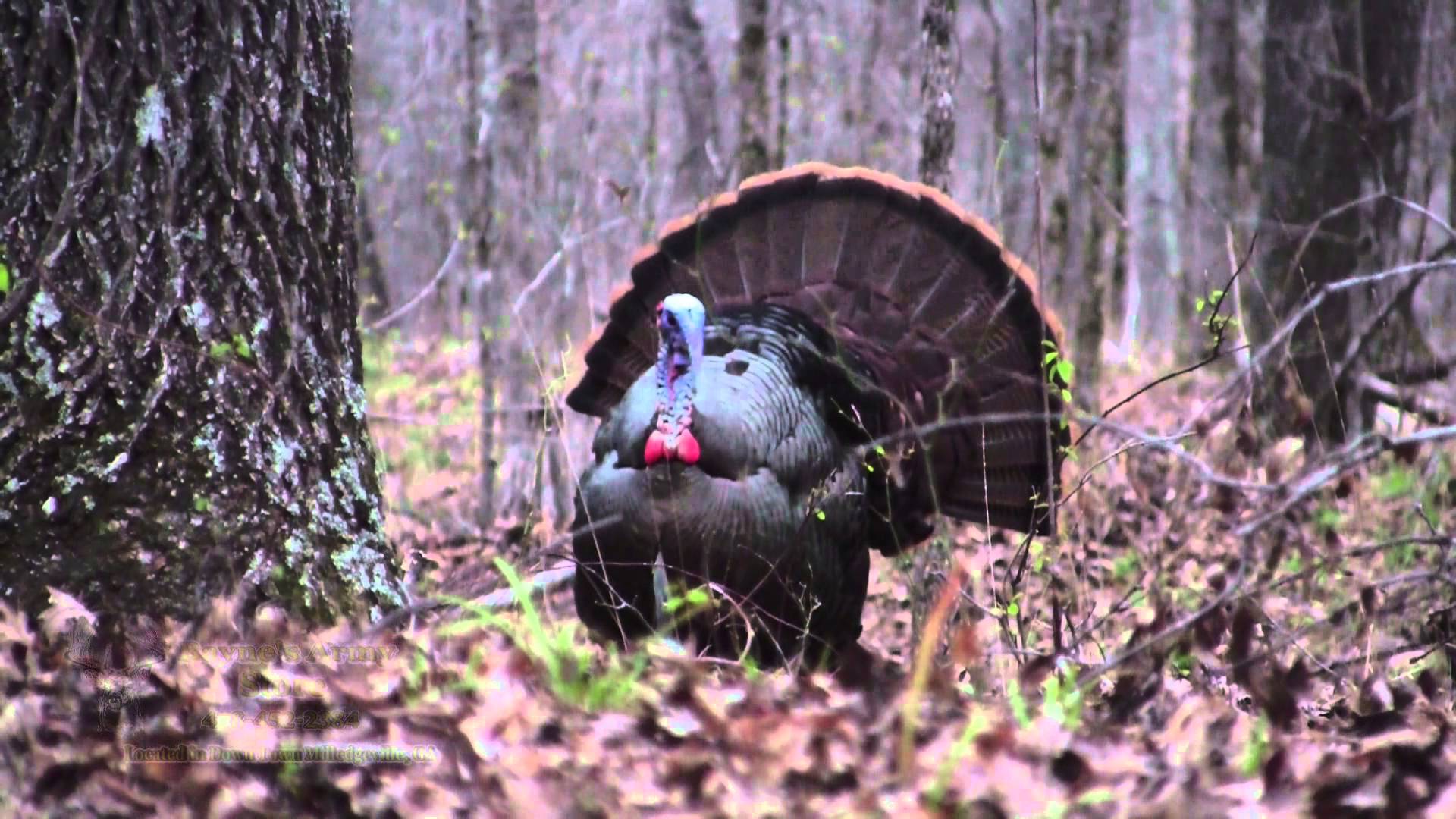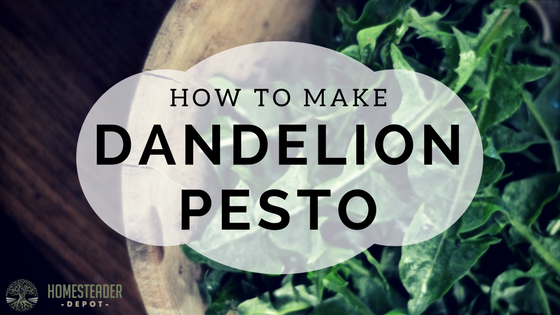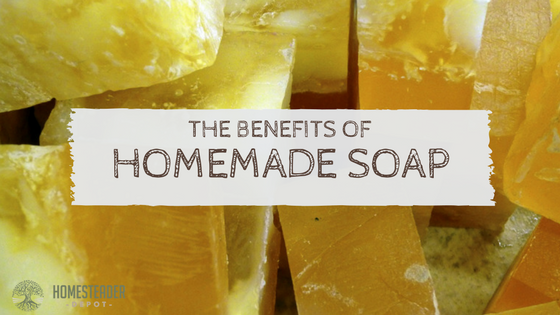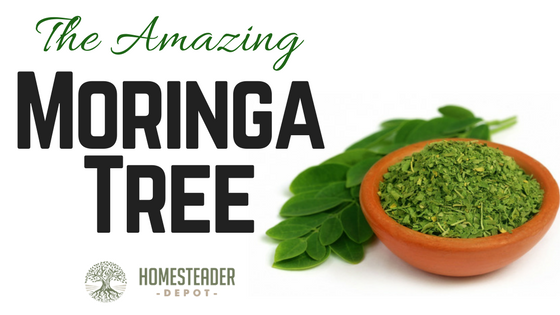Simple Steps to Greater Self-Sufficiency
The goal of everyone who is interested in homesteading is to become more independent and less reliant on the “machine” that seems to run the lives of most people. Many today have no real idea of where their food comes from or what would happen if they no longer had easy access to electricity. They … Read more

